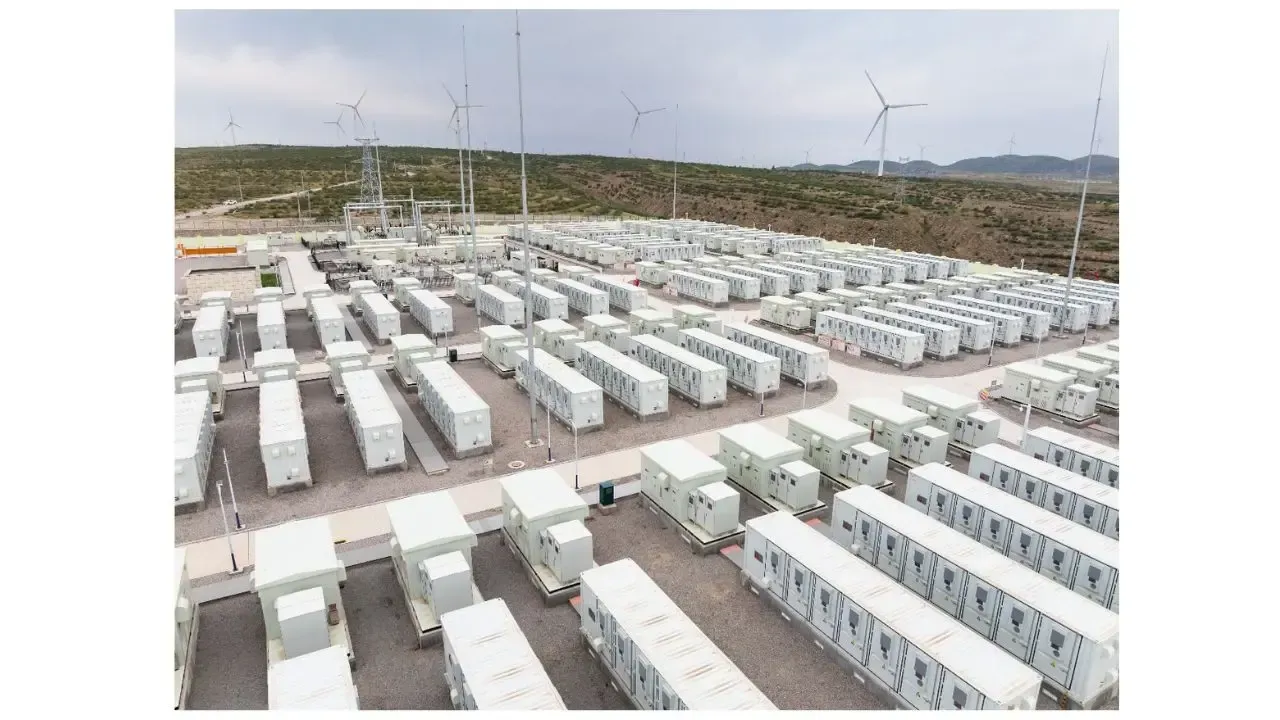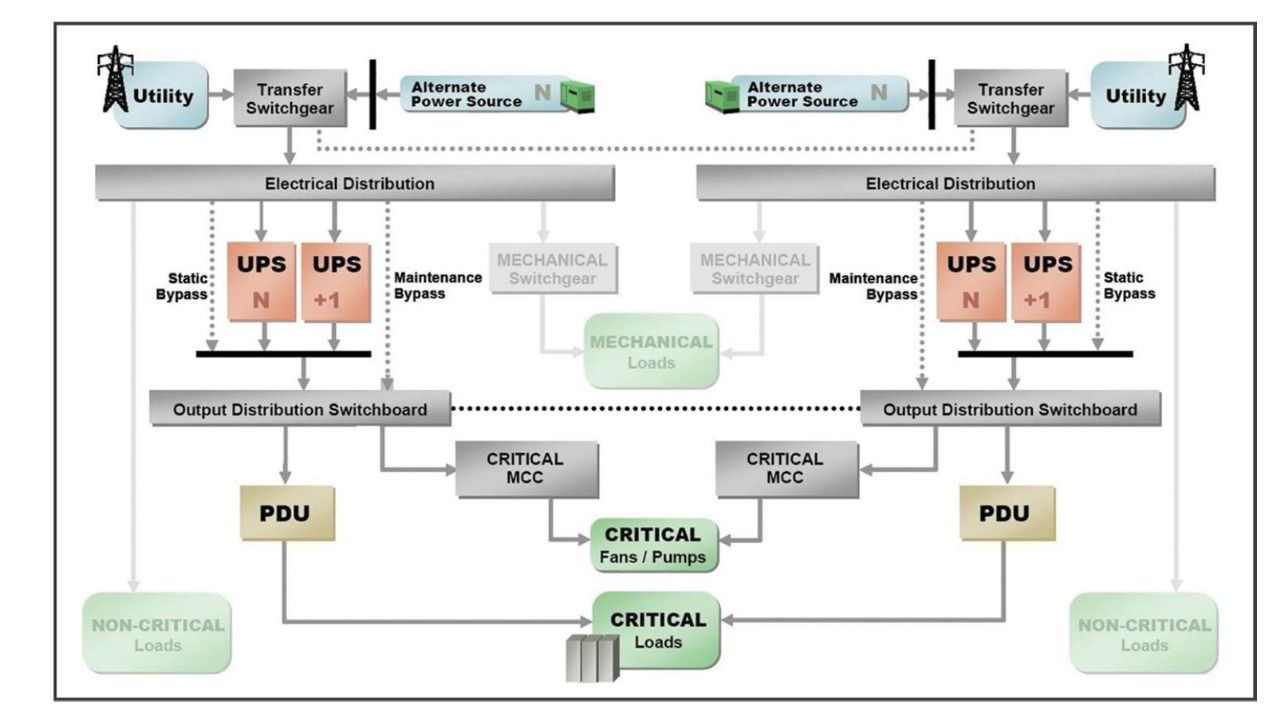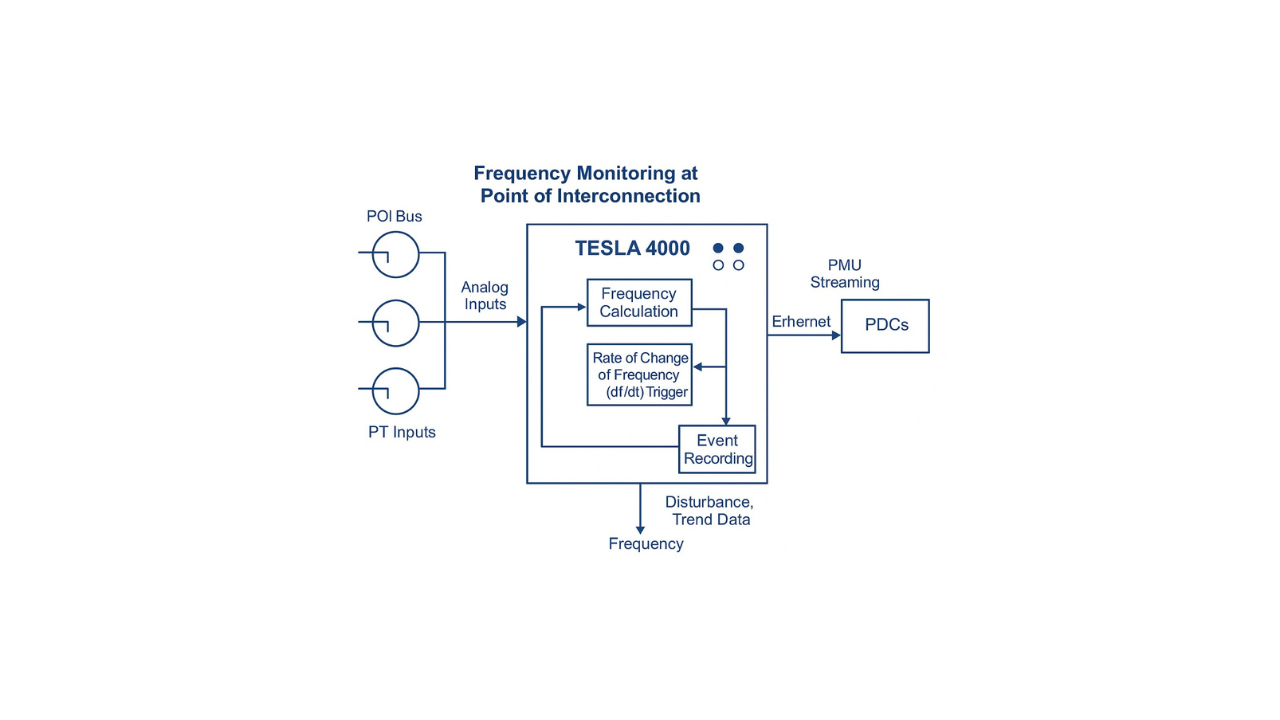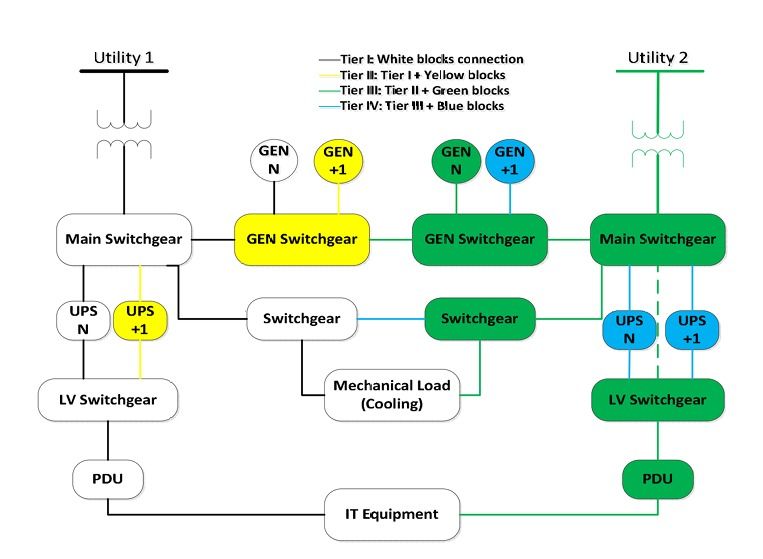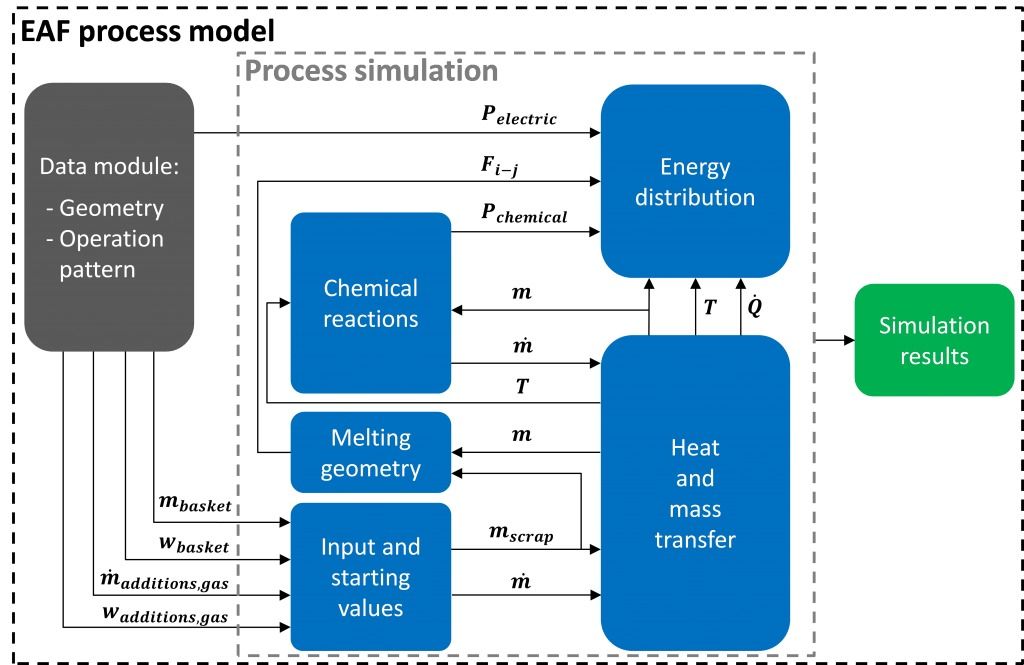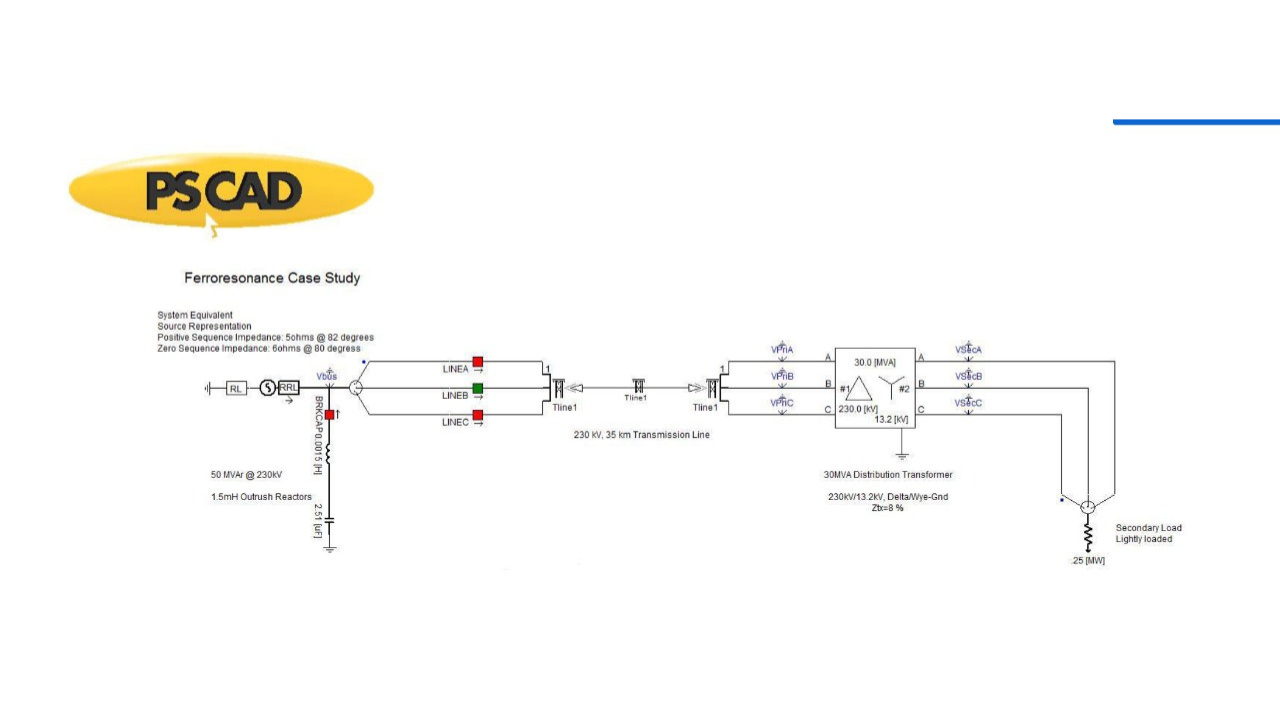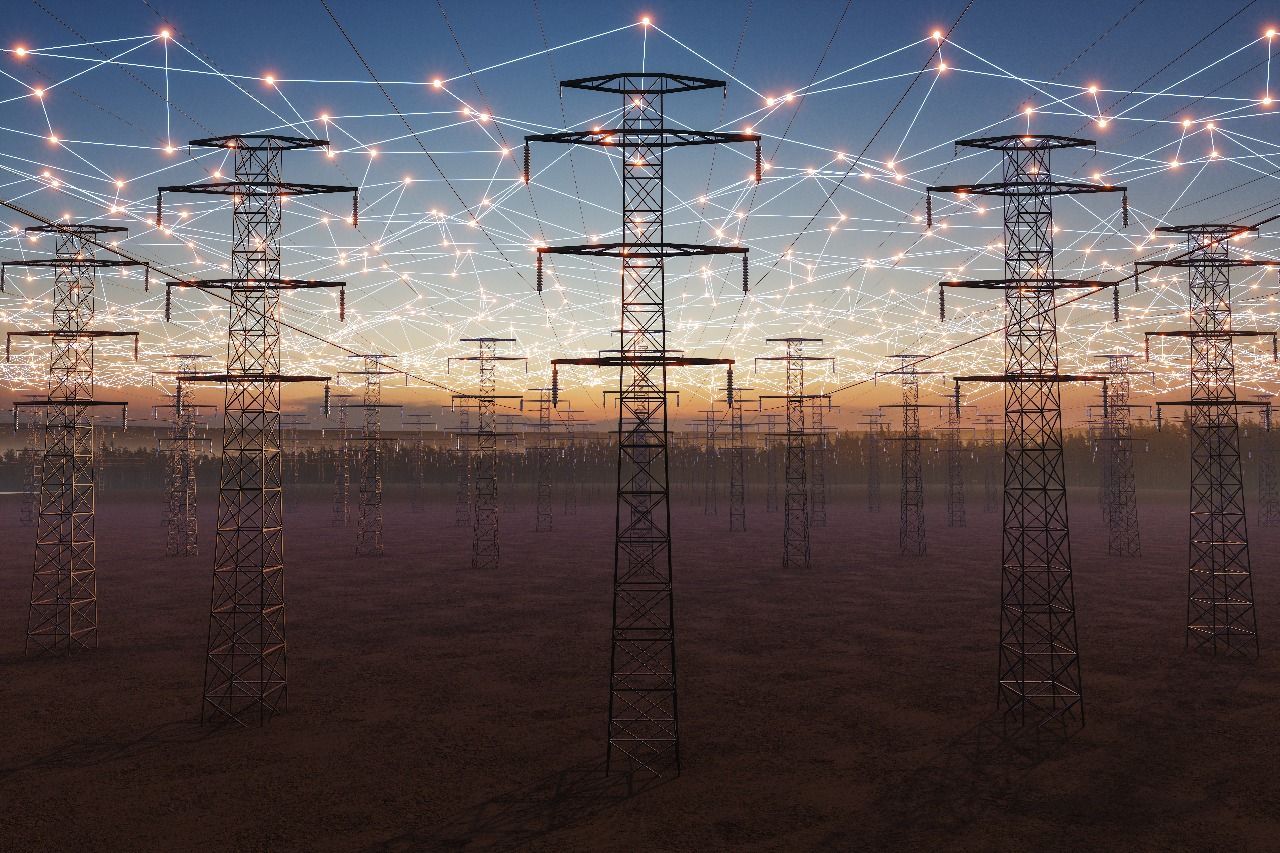A Coordinated Electric System Interconnection Review—the utility’s deep-dive on technical and cost impacts of your project.
Challenge: Frequent false tripping using conventional electromechanical relays
Solution: SEL-487E integration with multi-terminal differential protection and dynamic inrush restraint
Result: 90% reduction in false trips, saving over $250,000 in downtime
Why Is Utility Interconnection Critical for Renewable Power Plants?
November 21, 2024|Blog
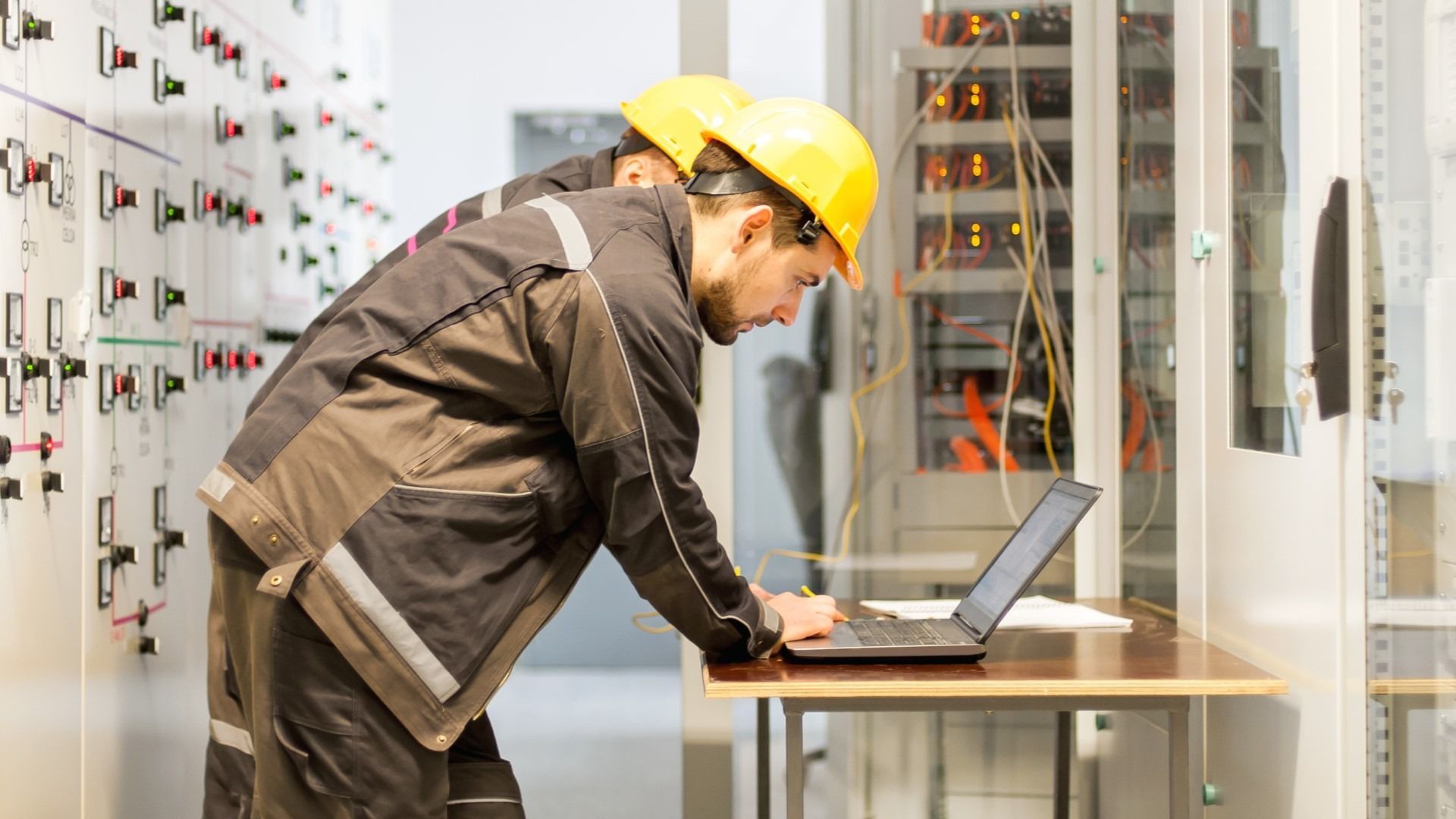
Renewable energy is transforming the global power landscape, offering a sustainable solution to the ever-growing demand for electricity while reducing the carbon footprint of energy generation. However, the deployment of renewable power plants like solar farms and wind turbines hinges on more than just their individual generation capabilities; it requires seamless integration with the existing grid infrastructure. This connection is achieved through utility interconnection, a complex yet essential process that ensures renewable power plants contribute reliably and efficiently to the overall energy system.
Understanding Utility Interconnection
Utility interconnection is the process of connecting a power plant, especially a renewable one, to the broader electricity grid. This integration allows renewable energy sources to transmit the power they generate to consumers across regions. Utility interconnection involves both hardware and software coordination, as well as compliance with standards set by regulatory bodies like the North American Electric Reliability Corporation (NERC).
Utility interconnection is particularly complex for renewable power plants due to the variability in power generation associated with solar and wind resources. Unlike traditional power plants, renewables produce electricity based on weather conditions, making robust interconnection mechanisms vital for ensuring a steady power supply to meet demand.
Why Utility Interconnection Is Essential for Renewable Power Plants
- Ensuring Grid Stability and Reliability
One of the most important reasons for utility interconnection is maintaining grid stability. Renewable energy sources, unlike fossil-fuel plants, can fluctuate based on environmental factors. For example, solar power production peaks during daylight hours and drops at night, while wind power can vary based on weather patterns. Proper utility interconnection systems, equipped with real-time monitoring and control mechanisms, help balance these fluctuations. By doing so, they prevent sudden drops or surges in power that could destabilize the grid and lead to outages or service interruptions.
- Facilitating Efficient Power Distribution
Renewable energy power plants are often located far from urban centers, where energy demand is highest. Through utility interconnection, power generated in these remote locations can be transmitted efficiently to areas with high demand. This transfer requires an interconnected network of substations, transformers, and control systems that manage the flow of electricity across long distances. By establishing strong utility interconnections, renewable power plants can maximize their reach and ensure that green energy reaches homes and businesses regardless of their location.
- Reducing Carbon Emissions and Promoting Clean Energy
Utility interconnection enables renewable power plants to replace fossil-fuel-based power generation, significantly reducing greenhouse gas emissions. As more renewable plants are integrated into the grid, fossil-fuel plants can be scaled back or operated only as backup sources. This shift is vital for reducing carbon emissions on a larger scale and supporting environmental sustainability goals. Without effective interconnection, the potential of renewable power plants to reduce carbon footprints would be limited.
- Supporting Regulatory Compliance and Industry Standards
Compliance with standards set by regulatory organizations such as NERC is a significant factor in utility interconnection. NERC’s Operation and Planning Standards play a vital role in ensuring the safe and reliable operation of the electric grid, which includes renewable energy integration. These standards encompass areas like system monitoring, control protocols, and long-term planning, which are all essential for managing the unique challenges presented by renewable energy sources.
For instance, NERC’s standards require utilities to assess their resources, plan for future demand, and prepare for potential reliability challenges. Compliance with these standards not only helps avoid penalties but also ensures that renewable power plants can operate within a well-regulated and reliable framework.
The Role of NERC Standards in Utility Interconnection
NERC standards are instrumental in guiding utility interconnection processes for renewable power plants. These standards cover:
- Operational Standards: Governing real-time operations, including system monitoring, control, and emergency response protocols. Adhering to these standards ensures that utilities and renewable power plants can react quickly to changes in generation and demand, keeping the grid stable.
- Planning Standards: These standards set guidelines for long-term system planning, including resource adequacy, demand forecasting, and contingency planning. They help utilities and power plants plan for future energy needs while maintaining reliability.
NERC’s standards promote reliability, coordination, and regulatory compliance, all of which are necessary for successful utility interconnection. The standards also support the adaptation to new technologies, enabling a smoother transition to a grid increasingly powered by renewable resources.
Addressing Challenges in Utility Interconnection for Renewables
Utility interconnection for renewable power plants comes with unique challenges that must be managed to fully realize the benefits of green energy. Some of these challenges include:
- Inconsistent Power Generation: Unlike traditional power plants, renewables do not produce consistent power output. Advanced interconnection technologies, such as energy storage systems and smart grid controls, help manage this inconsistency, ensuring that renewable plants contribute reliably to the grid.
- Cybersecurity Concerns: The integration of renewables into the grid increases the risk of cyber threats. Renewable power plants, especially those using IoT and cloud-based control systems, require robust cybersecurity measures as part of their utility interconnection setup to prevent cyberattacks that could compromise grid stability.
- Infrastructure Upgrades: Many existing grids were not designed with renewables in mind. The interconnection of renewable power plants often necessitates upgrades to grid infrastructure, such as adding substations, transformers, and communication networks that can handle variable energy input and support real-time data exchange.
- Regulatory Compliance Costs: Compliance with NERC standards and other regulations can be costly, especially for smaller renewable power producers. Working with engineering firms that specialize in regulatory compliance and interconnection can help reduce these costs by ensuring efficient and compliant designs.
Future Trends in Utility Interconnection for Renewable Power Plants
As the renewable energy landscape evolves, so too will the strategies and technologies for utility interconnection. Here are a few trends that are shaping the future of interconnection for renewable power plants:
- Smart Grid Technology: Smart grids enable more efficient utility interconnection by using advanced sensors, control systems, and communication networks. These technologies allow utilities and power plants to optimize power flows, monitor grid conditions in real time, and respond quickly to changes in demand or generation.
- Energy Storage Integration: By storing excess energy generated by renewables, energy storage systems (like batteries) can help stabilize the grid during periods of high demand or low generation. Storage plays a critical role in utility interconnection, providing a buffer that enhances grid reliability and allows renewable plants to offer consistent power output.
- Distributed Energy Resources (DERs): With more small-scale renewables like rooftop solar and community wind farms coming online, distributed energy resources are reshaping the utility interconnection landscape. DERs require interconnection solutions that can accommodate multiple, smaller sources of power, which presents both challenges and opportunities for grid management.
How Keentel Engineering Supports Utility Interconnection for Renewable Power Plants
At Keentel Engineering, we specialize in power and utility system planning, design, control, and analysis, making us the ideal partner for renewable power plants looking to achieve seamless utility interconnection. With over two decades of experience, we understand the unique requirements and challenges associated with integrating renewable energy into the grid. Our team of experts is equipped with the latest knowledge on NERC standards, smart grid technologies, and cybersecurity measures, ensuring that your renewable power plant not only meets compliance requirements but also operates at peak efficiency.
Schedule A Consultation Today
If you’re planning a renewable power plant and need assistance with utility interconnection, Keentel Engineering is here to help. Our team has the expertise and commitment to provide innovative solutions tailored to your project’s unique needs. Let us help you achieve a reliable, efficient, and compliant interconnection that maximizes your plant’s potential and contributes to a cleaner, greener future. Contact us today to learn more about our services and how we can support your renewable energy goals.

About the Author:
Sonny Patel P.E. EC
IEEE Senior Member
In 1995, Sandip (Sonny) R. Patel earned his Electrical Engineering degree from the University of Illinois, specializing in Electrical Engineering . But degrees don’t build legacies—action does. For three decades, he’s been shaping the future of engineering, not just as a licensed Professional Engineer across multiple states (Florida, California, New York, West Virginia, and Minnesota), but as a doer. A builder. A leader. Not just an engineer. A Licensed Electrical Contractor in Florida with an Unlimited EC license. Not just an executive. The founder and CEO of KEENTEL LLC—where expertise meets execution. Three decades. Multiple states. Endless impact.
Services

Let's Discuss Your Project
Let's book a call to discuss your electrical engineering project that we can help you with.

About the Author:
Sonny Patel P.E. EC
IEEE Senior Member
In 1995, Sandip (Sonny) R. Patel earned his Electrical Engineering degree from the University of Illinois, specializing in Electrical Engineering . But degrees don’t build legacies—action does. For three decades, he’s been shaping the future of engineering, not just as a licensed Professional Engineer across multiple states (Florida, California, New York, West Virginia, and Minnesota), but as a doer. A builder. A leader. Not just an engineer. A Licensed Electrical Contractor in Florida with an Unlimited EC license. Not just an executive. The founder and CEO of KEENTEL LLC—where expertise meets execution. Three decades. Multiple states. Endless impact.
Leave a Comment
We will get back to you as soon as possible.
Please try again later.
Related Posts



